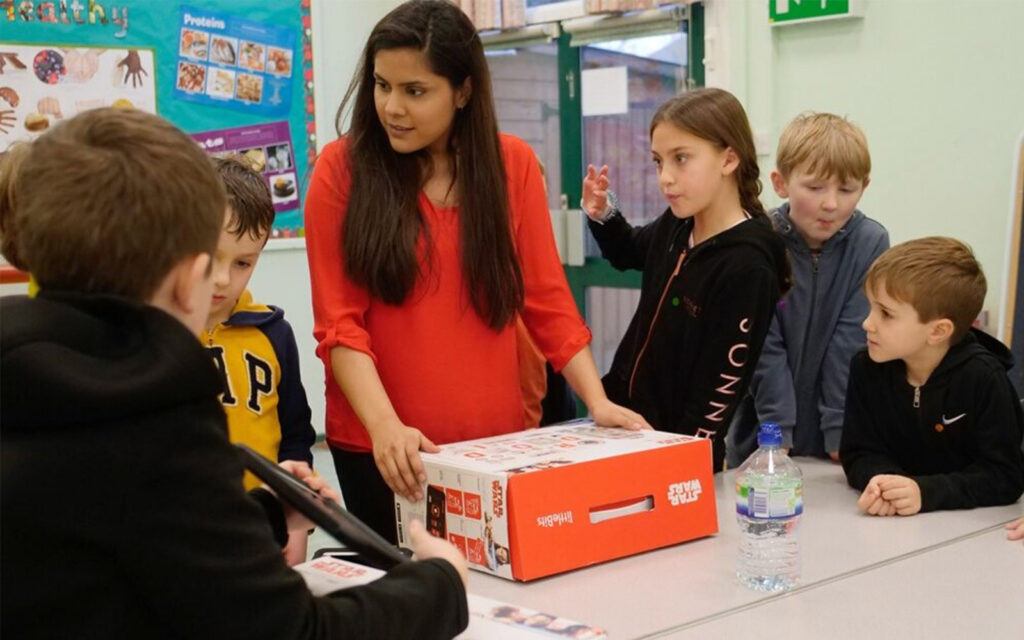
Summer Camp Tech Fun at Home!
Keeping your little inventor busy over the summer holidays can be a tall order, especially if they’re looking to keep learning outside of the classroom

200 years ago, typewriters where the most sophisticated form of technology and only 20% of the population was literate. 50 years ago, we discovered the joy of coloured television. 30 years ago, Internet Explorer was born. Nearly two decades ago the Nokia 3310 came into our lives, with its number-button texting system and iconic snake game still holding a special place in the hearts of that generation, making them completely giddy about the digital possibilities of the future.
Flash forward to today and 80% of the global population are literate, the digital revolution has encompassed every aspect of our lives, technology is surging and iPads are fast becoming 2-year-olds best friends!
The tech world has no doubt been a constant source of shock and surprise over the years. The World Economic Forum now estimates that 65% of children today will end up in careers that don’t even exist yet. What’s more, 85% of jobs that will exist in 2030 haven’t even been invented yet. ‘How mysterious!’ There are a whole host of new technologies that are leading us down a totally digital path. Self-driving cars, clean energy, drone deliveries, artificial intelligence and augmented reality – just a few of the contenders for the next technological breakthrough and just a few of the new advancements children will have to adapt with.
What can we do next? It is impossible to imagine what job title your child will have in the future. Heck, even 10 years ago who could have imagined there would be jobs like social media managers, app developers or drone experts? Luckily, children are incredibly adaptable which means they can absorb and understand technology so quickly. Skills that are difficult to revive in adulthood. Children and technology walk hand in hand with each other. If we can integrate technology into the current education system, it will allow children to equip themselves with the technical, creative and logical skills to become a coding whiz, the next inventor, or as yet unknown job role.
Children have a natural instinct to play and create their own fantasy worlds among wizards and castles. They want to think creatively, explore their imaginations and understand the new world they are living in. Classroom equipment has its limits when it comes to allowing pupils to explore their logical, academic and creative thinking. So, we say why only give them a box to play with when they could enter the realms of virtual reality?
At Next Thing have put the importance of technology firmly in the spotlight. Focused on helping children develop creativity, independent learning and engineering skills in youth. The need for children to be digital natives is stronger than ever but is being thwarted by the current curriculum. Because of the booming growth of technology, the lessons that we offer help nurture their interest in the digital world so they can become the inventors of the future. Schools need to move away from the traditional curriculum and drive STEAM education in their lessons. We offer cross-curriculum workshops which all provide something unique for the kids to take away. Each lesson mixes creativity with cutting edge technology in a way that’s designed to help them face real-world challenges. As well as building circuits and 3D printing, we also introduce virtual reality lessons and even teach children how to bring a robot to life using programming!

Keeping your little inventor busy over the summer holidays can be a tall order, especially if they’re looking to keep learning outside of the classroom

As the half-term holidays approach, parents often find themselves scrambling to organise activities that will keep their children engaged. An increasingly popular solution is enrolling